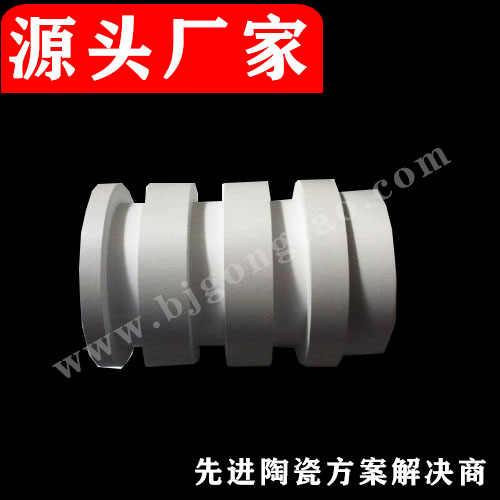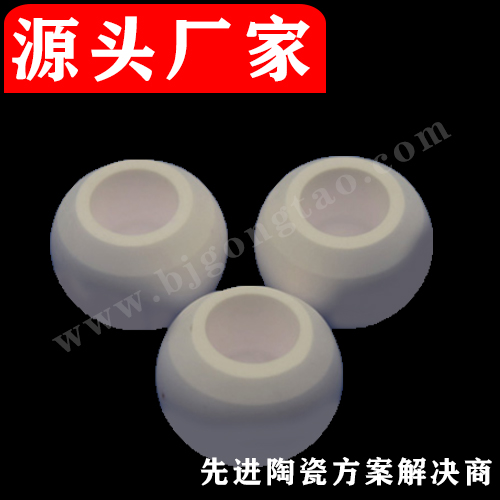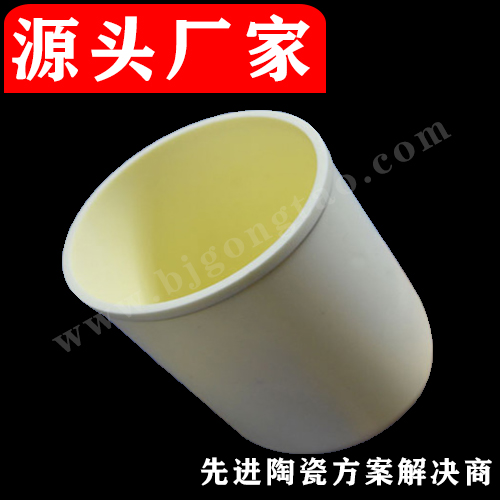
Suzhou Kaifa New Material Technology Co., Ltd.
Email:heqing@szkfxc.com
Email:sales@szbknm.com
Email:bkxc.bonnie@gmail.com
Introduction to the special process of ceramic pin gauge processing you do n’t know
Porcelain pin gauges are superior to metal materials in terms of chemical resistance, high toughness and wear resistance, high melting point temperature and high temperature compressive strength, but the toughening of porcelain pin gauges has always been an interesting subject of research in the porcelain industry The pin gauge has excellent plastic deformation working ability at room temperature is also the dream that experts have dreamed of for many years. 3Y-TZP ceramic is a ceramic pin gauge composed entirely of tetragonal phase ZO2. Under stress induction, it will undergo a martensite transformation from tetragonal phase ZO2 (t) to monoclinic phase ZrO (m).
Metal processing is a kind of special production and processing technology, which is widely used in mold processing, mechanical processing, manufacturing and manufacturing industries. Charge and discharge production processing can be used to produce and process super-hard materials and complicated steel parts that cannot be processed by traditional drilling methods. It is generally used to produce and process conductive raw materials, such as titanium metal, tool steel, carbon steel and Processing complex cavities or contours on difficult-to-machine materials such as cemented carbide.
Everyone understands that zirconia ceramics have many advantages, which is why commodities made from zirconia ceramics are processed more and more. In industrial production, many companies must use zirconia ceramic parts to produce and process parts. Compared with other materials, zirconia ceramic chip parts have stronger characteristics. Usually some comparative production equipment will use zirconia electronic ceramic parts ceramic pin gauge.
Structural zirconia ceramics have excellent compatibility, very high strength and crack resistance, and are ideal raw materials for manufacturing embedded materials for medical devices and mobile phone cases for electronic devices. As everyone knows, the current welding process of porcelain is not suitable for the production of such components. Garay said: "Technical engineers cannot encapsulate electronic components inside ceramics-after the entire device is placed in the furnace, the electronic components are burned.





